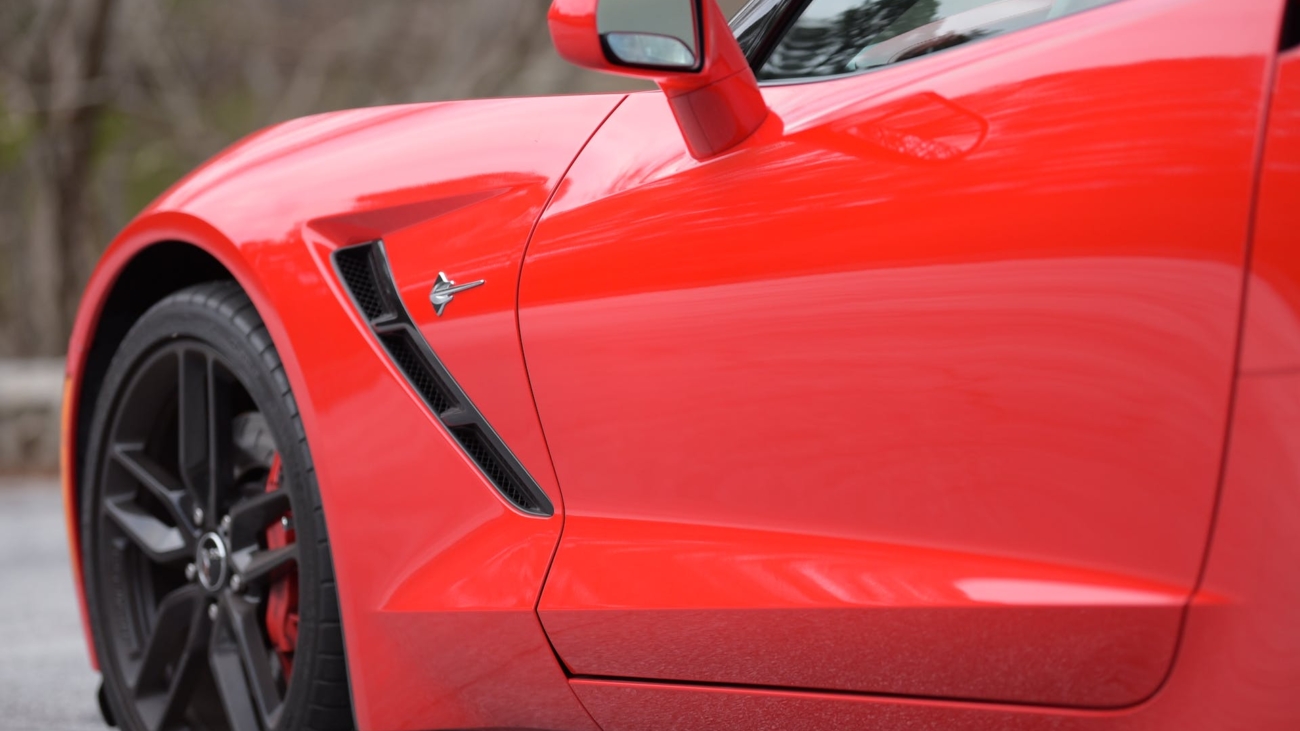When shopping for a new car, have you ever wondered how automakers determine the prices of their vehicles? It’s not just a random number; it’s a carefully calculated figure that takes into account various factors, including the car’s power, performance, and even intangible qualities like brand perception and luxury. In this article, we’ll explore a fascinating model for predicting car prices in US dollars, based on horsepower (HP), torque, and the mysterious “X-factor.” We’ll uncover how this formula works, how different car brands fit into it, and what it means for car buyers.
The Power and Torque Formula
Understanding how car pricing is determined begins with understanding how a car’s power is expressed. The model assigns power levels based on HP as follows:
- 150: Regular city car
- 250: Entry-level SUV
- 350: Starting sports car
- 500: BMW, Ferrari type cars
- 700: High-end sedans and SUVs for everyday use
- 900: G-Class or Hummer-like monsters
- 1000: Race cars
- 1500: Special-made cars like Koenigsegg
Additionally, torque, calculated as HP multiplied by 5,252 divided by the engine’s revolutions per minute (RPM), plays a crucial role. If a car’s peak torque occurs within the 3,000 to 7,000 RPM range, its torque value can range between 0.75 to 1.9 times the HP value in foot-pounds.
The Pricing Formula
The price of a car is determined using the following formula:
Price of Car in USD = X * Power (in HP) * Torque (in foot-pounds)
The variable that significantly impacts the final price is “X,” which typically ranges from 0.3 to 1.4. Different values of “X” represent various aspects of the car, influencing its price.
Understanding “X”
- Lower X (0.3 – 0.6): A lower “X” indicates that a car is primarily sold based on power and performance. These vehicles are designed to appeal to speed enthusiasts who prioritize performance and agility.
- Medium X (0.6 – 0.9): Cars with a medium “X” value may not have the highest power but are priced to ensure manufacturers make a reasonable profit, striking a balance between power and affordability.
- Higher X (0.9 – 1.4): Cars with a high “X” value are not only high in power but also emphasize luxury, brand prestige, and exclusivity. Extra features and brand perception contribute to a higher factor and price tag.

Photo by Ingo Joseph: https://www.pexels.com/photo/person-driving-bmw-car-13781/
Car Brands in the Model
Now let’s explore how various car brands fit into this pricing model:
German Brands (Mercedes-Benz, BMW, Porsche)
- These German brands typically have “X” values ranging from 0.3 to 0.6, reflecting a focus on balancing performance and value for money.
- German cars are known for delivering substantial power and torque at a reasonable price, attracting performance-oriented buyers.
Italian Brands (Ferrari, Lamborghini)
- Italian cars often feature “X” values ranging from 0.95 to 1.5, highlighting the importance of brand perception, legacy, and exclusivity.
- While performance is a significant factor, Italian cars are also sold based on brand prestige, resulting in higher price tags.
American Brands (Chevrolet, Corvette)
- American brands frequently offer excellent performance at a reasonable price, with “X” values below 0.4.
- These brands cater to enthusiasts looking for a strong power-to-price ratio.
Audi
- Audi models showcase “X” values between 0.63 and 0.90, striking a balance between performance and luxury.
- Audi’s diverse range appeals to various customer preferences, from practicality to high-end luxury.
BMW
- BMW is well-known for providing good value for money in terms of HP and torque, with “X” values well below 0.6.
- The brand offers a wide range of performance-oriented vehicles at competitive prices.
Corvette and Chevy Brands
- Corvette and Chevy models provide impressive performance at a competitive price, with “X” values under 0.4.
- These vehicles are popular among performance enthusiasts.
Lamborghini vs. Ferrari
- Italian supercar brands Lamborghini and Ferrari exhibit distinctive “X” values.
- Lamborghini cars have notably higher “X” values, indicating a focus on luxury, brand prestige, and exclusivity, often leading to higher prices.
- Ferrari models have a mix of “X” values, aligning with their performance-oriented image and the brand’s legacy.
Mercedes-Benz Models
- Various Mercedes-Benz models have “X” values, ranging from excellent value for money (0.46 to 0.55) to more balanced luxury and performance (0.79).
- Mercedes-Benz vehicles cater to diverse customer preferences, offering options that range from affordable luxury to high-end performance.
Additional Factors
Several other factors can influence “X” values, including brand legacy, country of origin, engineering quality, luxury features, and upgrades. Indirect factors, such as the type of economy, GDP per capita, years of existence, and stock performance, can also play a role in determining the final “X” value.
Conclusion
Understanding the model for car pricing based on power, torque, and the elusive “X-factor” offers valuable insights for car buyers. It emphasizes that a car’s value extends beyond its engine specifications, taking into account luxury features, brand legacy, and various indirect factors. When considering your next car purchase, think about the balance between power and prestige and how it aligns with your preferences and budget. This model showcases the intricate art of car pricing, shedding light on the many variables that go into determining the cost of the cars we drive. As a data engineer, you can appreciate the complexity of this pricing model, and it opens up the possibility of predicting the right price for the right car or even influencing decisions on what cars to produce.


Leave A Comment